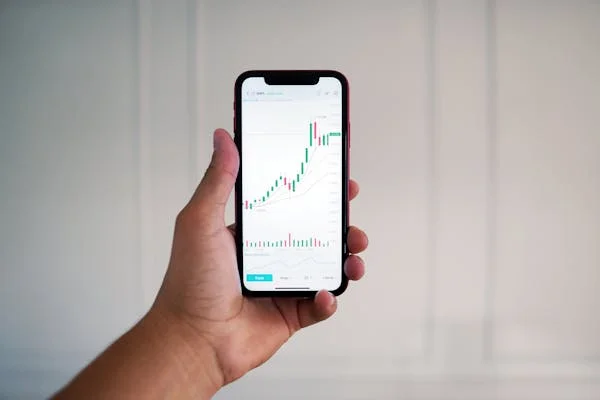Day trading involves buying and selling assets within one day, using technical analysis tools like volume indicators. To be successful at day trading, a comprehensive plan should include volume indicators. Volume indicators measure buyer and seller activity to assist in verifying an asset’s price dynamics and identify any possible reversals in price movement. Unlock the potential of day trading by connecting with experts! You can visit this link to learn more about investing!
Volume Moving Average (VMA)
The Volume Moving Average (VMA) is a simple moving average of trading volume used by day traders to identify potential trend reversals. When the VMA indicates declining prices with decreasing volume, this signals to them that market conditions could be primed for correction.
The VMA can be calculated based on various price fields, including closing, open, high, and low prices. You can select the period that determines its sensitivity; shorter periods will react faster to price changes while longer ones provide a smoother line that is less susceptible to whipsaws.
Your trading style and indicator period choices depend heavily on each other. For instance, in volatile markets, a shorter VMA period allows for a faster reaction to price changes. In contrast, long periods offer a smoother line to help avoid false signals during periods of low volatility. When combined with momentum oscillators the VMA can reinforce trend direction while pinpointing entry and exit points.
On-Balance Volume (OBV)
The On Balance Volume OBV indicator is a cumulative indicator that considers all trading day volume for an instrument and adds or subtracts accordingly, with high volume days adding and low volume days subtracting.
It is most frequently used to track institutional investors such as pension funds or mutual funds. It was developed on the belief that volume preceded price; its creator believed this allowed traders to identify when large institutions are taking positions ahead of retail investor sentiment changes and take measures accordingly.
Traders use OBV in tandem with other indicators to detect momentum shifts and to spot momentum changes. OBV often works well when combined with oscillators like RSI to identify overbought/oversold readings, while its relationship with moving averages allows traders to spot trends that could be reversed – for instance, a declining OBV line indicates declining volume pressure and downward price trends; an ascending OBV line shows rising volume pressure with an increasing price trend and divergence between OBV and price chart is used as an opportunity to buy against incorrect trends prevailing.
Volume Price Trend (VPT)
The VPT indicator takes closing price data and either adds or subtracts a percentage of volume depending on whether today’s daily close is higher or lower than yesterday’s close. It is most frequently employed with moving averages to create trading signals and gain insight into market trends.
As VPT measures buying and selling pressure, its positive movement typically indicates an upward trend while a declining one indicates one. To take advantage of this phenomenon, traders can capitalize on its changes by entering trades at breakouts accompanied by high volume or using pullbacks with low volume as entry points into their desired direction of the current trend.
As with any indicator, the VPT has its limitations that should be respected; never use only one indicator as your only source of data when making trading decisions; rather use different tools and techniques to make informed choices.
Chaikin Money Flow (CMF)
Chaikin Money Flow CMF is an accumulation and distribution indicator found as a default indicator in trading software. It measures price and volume as key components of any asset being traded.
A higher CMF value indicates strong buying pressure, while lower values indicate strong selling pressure. Traders can also identify divergences between the CMF and price action that could signal potential trend reversals.
The CMF is an invaluable tool that is useful for identifying trends and verifying their strength, as well as pinpointing entry/exit points in short-term trades. However, traders must remember that the indicator can sometimes produce false signals; to enhance reliability it should always be reviewed in conjunction with other indicators like moving averages and MACD. Furthermore, CMF works best when used within trending markets where its output provides enough context to help make sound decisions.
Conclusion
In conclusion, selecting the best volume indicators for day trading is crucial for enhancing trading strategies and improving success rates. Volume Moving Average (VMA), On-Balance Volume (OBV), Volume Price Trend (VPT), and Chaikin Money Flow (CMF) are effective tools. Each offers unique insights into market dynamics, helping traders identify trend reversals, momentum shifts, and potential entry and exit points. However, it is essential to use these indicators in combination with other technical analysis tools to make well-informed trading decisions and avoid false signals.






